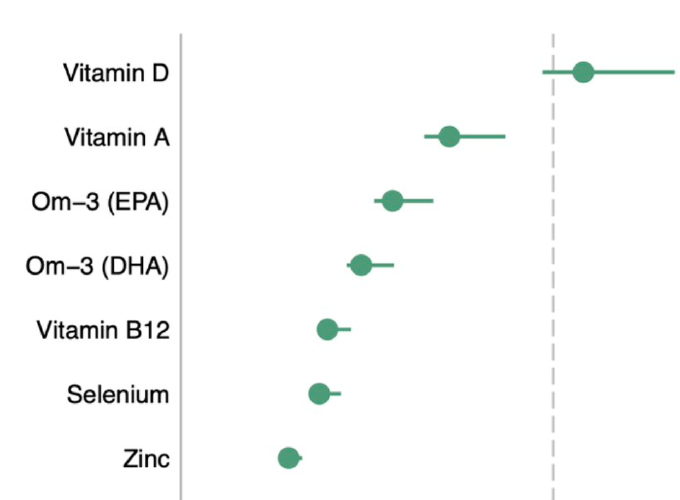
Maximising sustainable nutrient production from coupled fisheries-aquaculture systems

Maximising sustainable nutrient production from coupled fisheries-aquaculture systems
Aquaculture expansion is expected to meet growing demand for sustainable animal-source foods. Yet marine-fed species already require millions of tonnes of wild-caught fish for feed, over 90% of which are nutritious food-grade species. Allocating feed fish for human consumption could reduce pressure on marine resources while increasing seafood production. We examine micronutrient flows (the transfer of micronutrients from feed to fish) in Scotland’s farmed salmon industry, which is particularly reliant on marine feeds, to show that 1–49% of essential dietary minerals and fatty acids available in wild fish are retained in farmed salmon. Using three alternative production scenarios we show that reducing marine feeds in salmon production and allocating wild-caught feed fish for human consumption could produce more nutritious seafood and leave 66–82% of feed fish in the sea. Using global data on marine-fed aquaculture production, we show that removing wild-caught fish from salmonid production could leave 3.7 Mt fish in the sea while increasing global seafood production by 6.1 Mt.